Finances
Bankruptcy and consumer proposal: what’s the difference?
Bankruptcy and consumer proposal are legal remedies that can settle a debt that you may not be able to pay. Each have its pros and cons. So, read on to learn more about them!
Advertisement
Get started with your financial recovery today
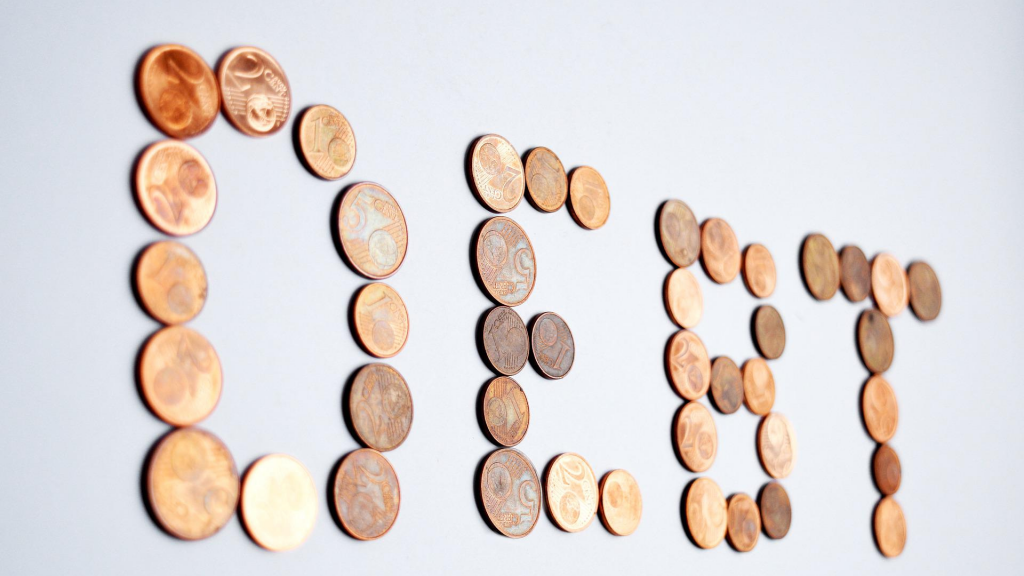
Indeed, there come times when debts and collections become too heavy to carry. In these moments, you have two legal resources to support you: bankruptcy and a consumer proposal.
However, what are they? What is the difference between these? Which of these is the best option for you? We’ll answer every question without the legal jargon so you can really understand.
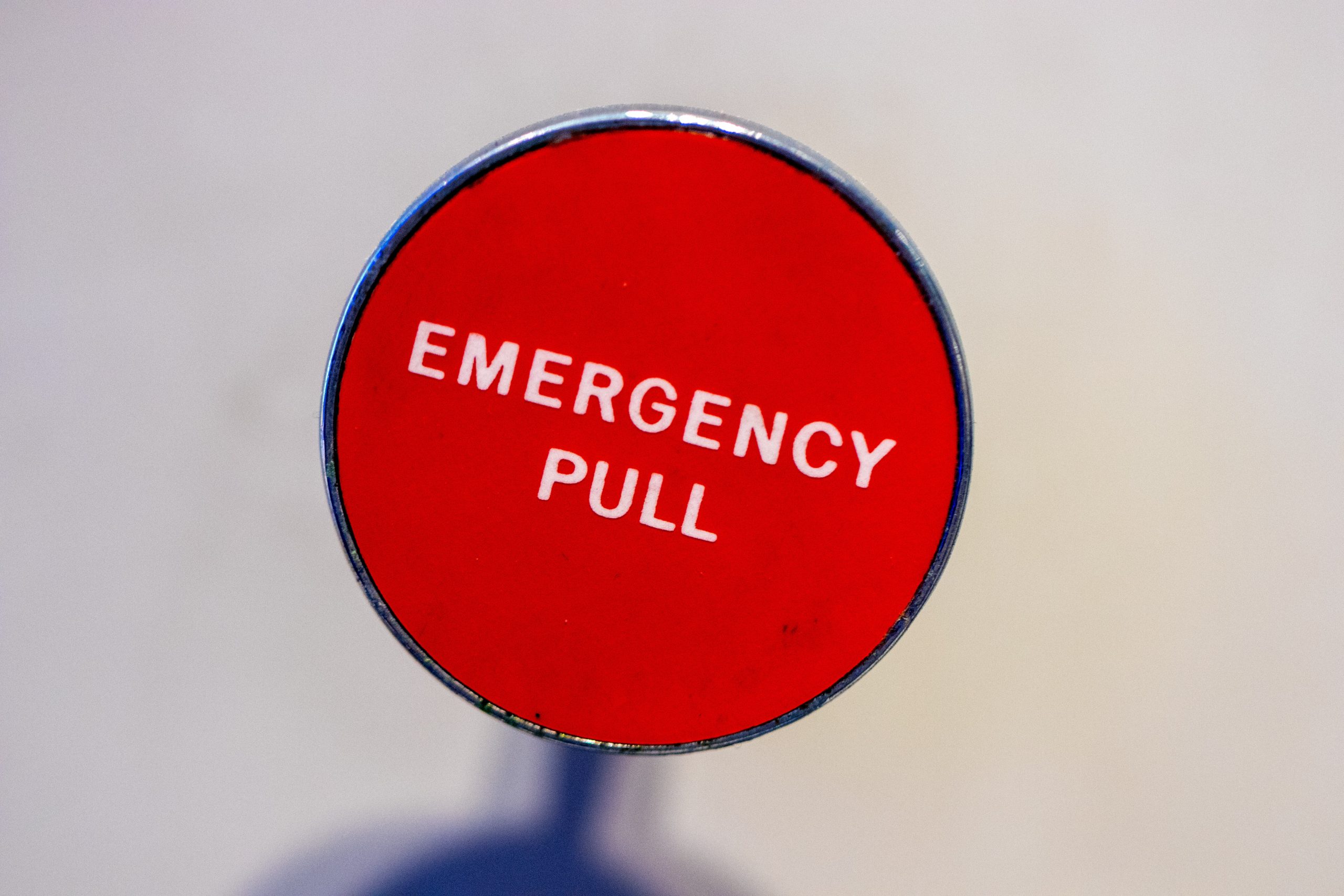
How to build an emergency fund: easy guide for beginners
Understand how to build an emergency fund and how having this resource can save your finances when something unexpected happens.
So, read this article and understand how you can get rid of debt in the best way possible:
What is bankruptcy?
In fact, before choosing between bankruptcy and a consumer proposal, it is important to understand what each of these options is.
Well, bankruptcy is a legally valid formal declaration that you cannot repay a debt. When you issue this statement, you still have to pay what you owe. However, you will do it another way.
In some cases, you may lose some assets to a creditor as a way to reduce your debt. Another way to pay off this debt is through fixed monthly payments.
These are typically calculated based on your monthly budget and revenue reports. In some cases, your debt is not fully paid off before it is closed.
The moment someone declares bankruptcy, they can no longer receive charges of any kind.
Thus, calls or collection letters become part of the past. By law, a bankruptcy process must last from 9 to 21 months.
After that period, you will no longer have to worry about debt. In fact, you can consider it paid. However, legal measures like this leave a bad mark on its track record for a long time.
The bankruptcy notice (the dreaded R9) can stay on your credit history for up to 7 years after completion. During this period, your credit score will suffer.
Therefore, it will be more difficult to get good loans, mortgages, and credit cards. A bankruptcy case can be filed for debts starting at $10,000. Many people get goosebumps just hearing that word.
Others look at it like it’s the end of everything. However, this is a mistake that has cost many lives.
In fact, there are many people who went bankrupt (more than once) and became financially successful later on. If you are considering filing for bankruptcy, keep this in mind.
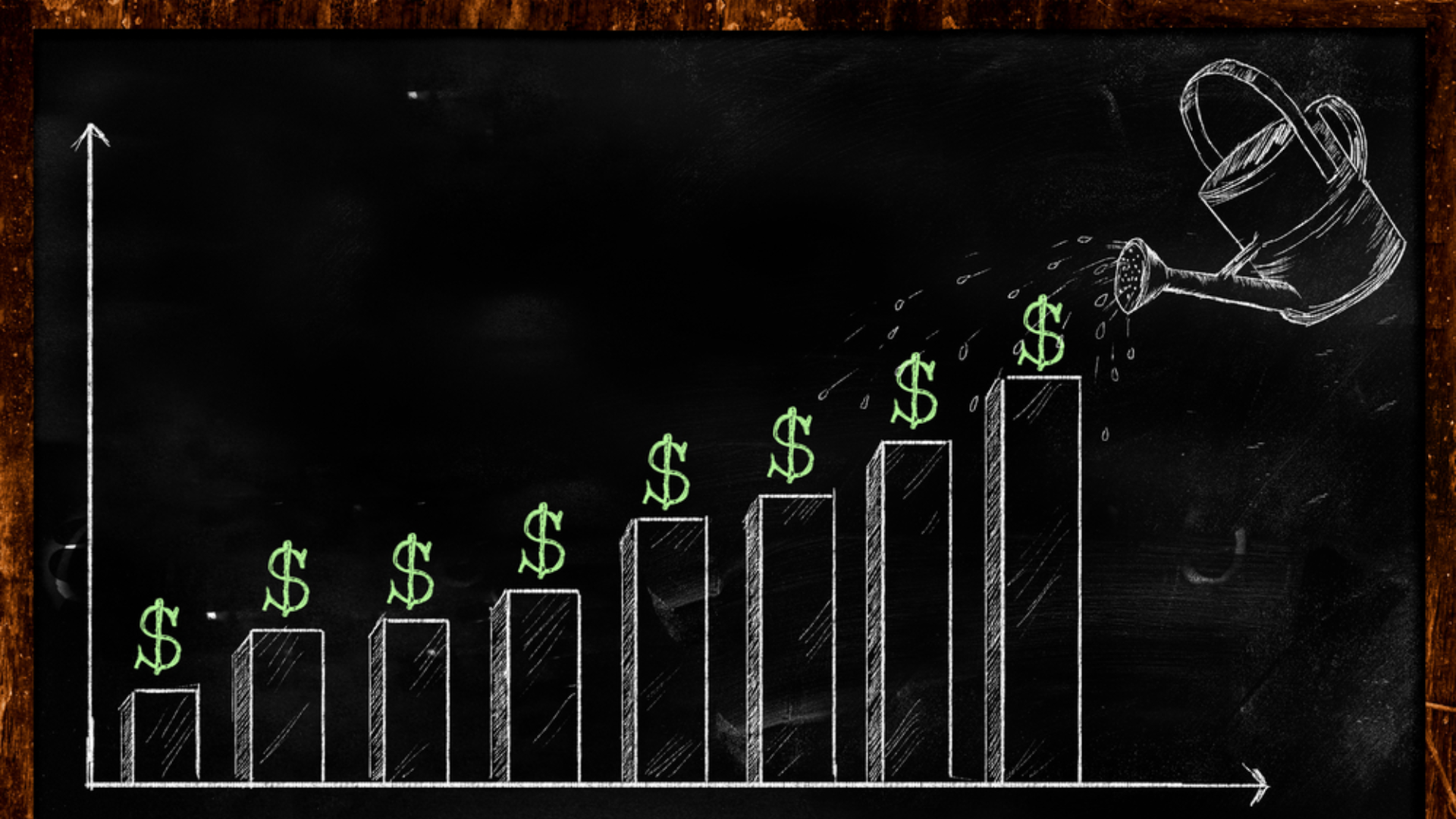
Getting started with investing: 13 best tips for beginners
Start investing in the stock market the right way: read on to get some very important tips for beginners in the investment world.
You will be redirected to another website
You’ll receive messages for less than 1 week, with a maximum of 1 message per day. You can unsubscribe anytime by replying STOP. By submitting this form, I confirm that I am 18+ years old and agree to the Privacy Policy and Terms and Conditions. I also provide my signature, giving express consent to receive informational messages via automated emails, SMS, MMS text messages, and other forms of communication. Message frequency may vary as part of our good-faith effort to respond to your inquiry. Message and data rates may apply. Text STOP to cancel. I understand that my consent to receive communications is not a condition of purchase and that I may revoke my consent at any time.
What is a consumer proposal?

In turn, a consumer proposal is like an invitation to an agreement. In this case, it is as if you declared to your creditors that you could not pay a debt.
That way, you can negotiate with them on a form of payment. In a consumer proposal, you will not lose any of your assets.
Generally, what happens is the payment of a certain percentage of the debt in monthly installments. These payments must last a maximum of 5 years. After that, you are forever debt free.
At the beginning of this process, a percentage of the debt that will be paid is negotiated. In fact, the minimum percentage can be 20%. The negotiation proposal is issued to all creditors.
However, the main opinion is issued by the creditor who holds the highest percentage of the debt. If the consumer agrees to the proposal, the consumer’s proposal process is opened.
To utilize these funds, your accumulated debt usually cannot exceed $250,000. This maximum limit does not include debt arising from mortgages.
This is typically considered a smoother way out of debt. However, it will also leave marks on your credit history. If you use this type of reconciliation, your report will receive an R7 rating.
Theoretically, this should generate a lower loss than an R9 rating. However, some banks tend to understand them as equivalent.
So the damage to your credit score and all that it entails will be pretty much the same. Also, the R7 rating will remain in your history until 6 after this process ends.
Finally, this is not a very well-known trading modality. However, it is extremely useful as it can preserve your assets.
How are they different?
So that you know the difference between bankruptcy and a consumer proposal, we put together a table. Here are the main differences that you need to pay attention to:
| Bankruptcy | Consumer proposal | |
| Maximum/minimum amount of debt required | Usually, no minimum | Maximum $250,000 |
| Payment/negotiation method | Monthly payments based on income and income | Fixed monthly payment until reaching a minimum percentage of 20% of the debt |
| Duration | From 9 to 21 months (or around 3 years) | Up to 5 years (no fine in case of early settlement) |
| Preserves assets | No | Yes |
| Impact on credit history | R9 rating (remains for up to 7 years after completion of the process) | R7 rating (remains for up to 6 years after completion of the process) |
Which one is the right option for your finances: bankruptcy or consumer proposal?
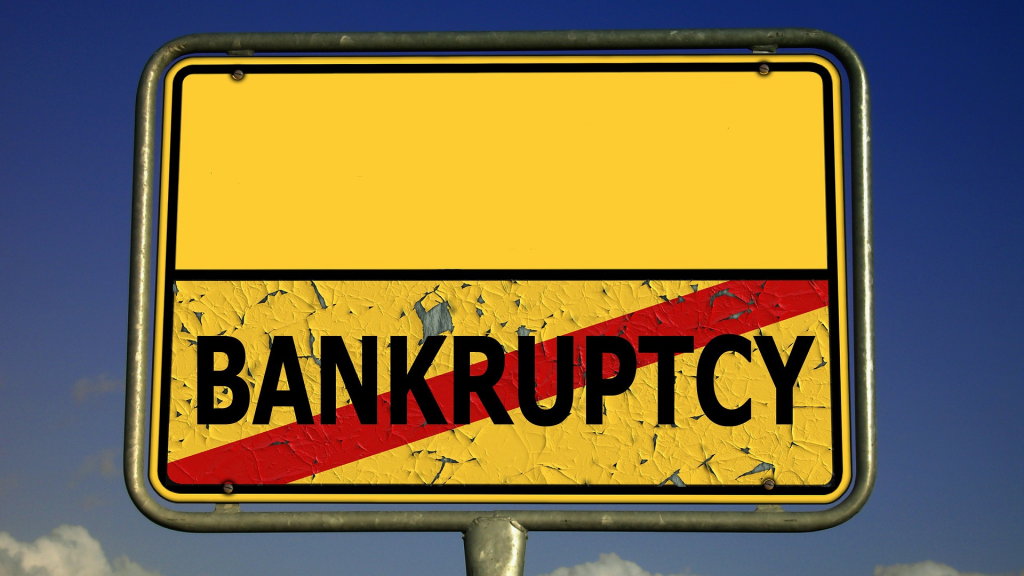
Now, you already know the difference between bankruptcy and a consumer proposal. However, a question remains: how do I know which of these is more advantageous for me?
In fact, we asked subject matter experts this very question. In fact, this question can be answered from various points of life. To understand better, see the following topics:
Do you have many assets?
If you have a lot of assets, you might want to preserve them. So, in order not to lose them as part of your debt payment, make a consumer proposal.
Want predictability in payments?
In a consumer proposal, your payment is set at the beginning and remains the same until completion. When you choose bankruptcy, things are not like this: if your income goes up, so do your payments.
Stick with the consumer proposal if you want predictability in payments.
Is your debt too high?
If your debt is more than $250,000, the only possible option is bankruptcy.
Are you in a hurry to complete this process?
A consumer proposal can last a long five years. On the other hand, bankruptcy cannot go beyond 21 months.
Are you unable to pay your debt?
In such cases, bankruptcy may be the solution. In effect, you will lose some of your assets, but you will be debt free. Also, you won’t lose everything. Rules for asset exemption may vary between provinces.
However, food, fuel, clothing, furniture, appliances, medical care, a car, your home, and work tools cannot be confiscated.
In fact, many bankruptcy and consumer proposals could be avoided. All you need is a little mastery of basic financial management tools. To start learning about this subject, take a look at our post below!
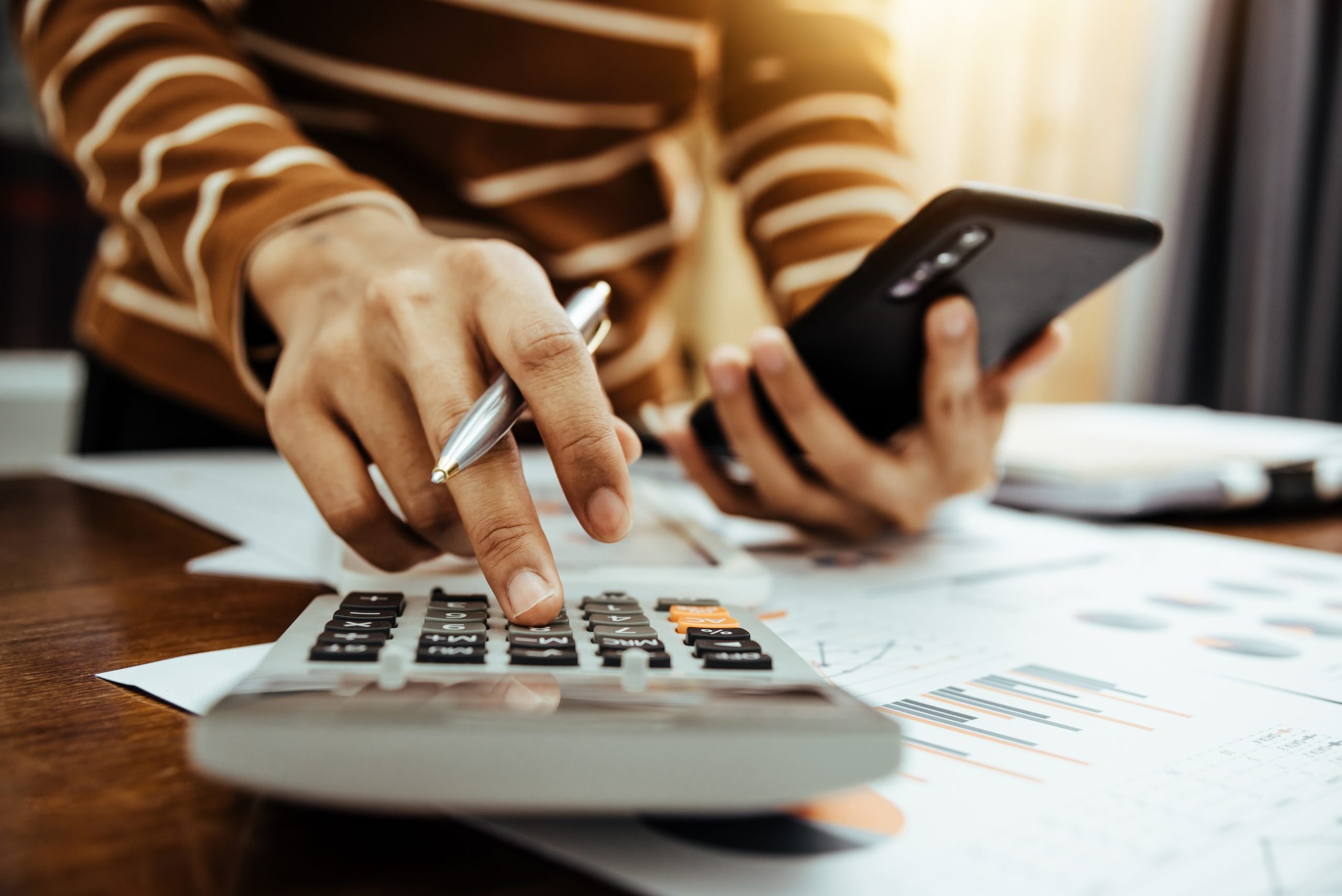
What is budgeting? 7 easy tips to improve your money management!
"What is budgeting" is the question that, when answered, changes your financial life. Learn about the power of this feature!
Trending Topics

Commodity Supplemental Food Program (CSFP): food assistance for seniors
Commodity Supplemental Food Program brings health to the table of thousands of Americans for free. Find out how to benefit from this program!
Keep Reading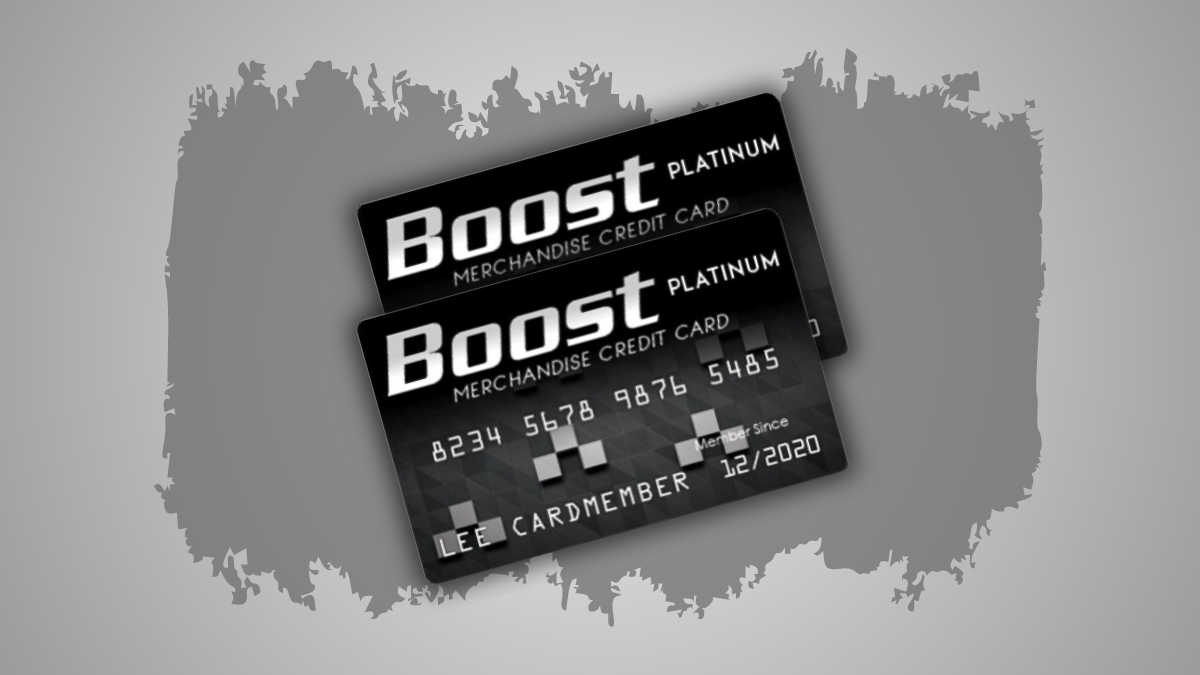
BOOST Platinum Card full review: should you get it?
The BOOST Platinum Card is a credit card with exclusive benefits such as 0% APR and a good credit limit! So, read our review to learn more!
Keep Reading
Calculating Your Retirement Savings: How Much Money Do You Need?
Do you wonder how much money do you need for retirement? If so, we can help you find out and get the best retirement!
Keep ReadingYou may also like
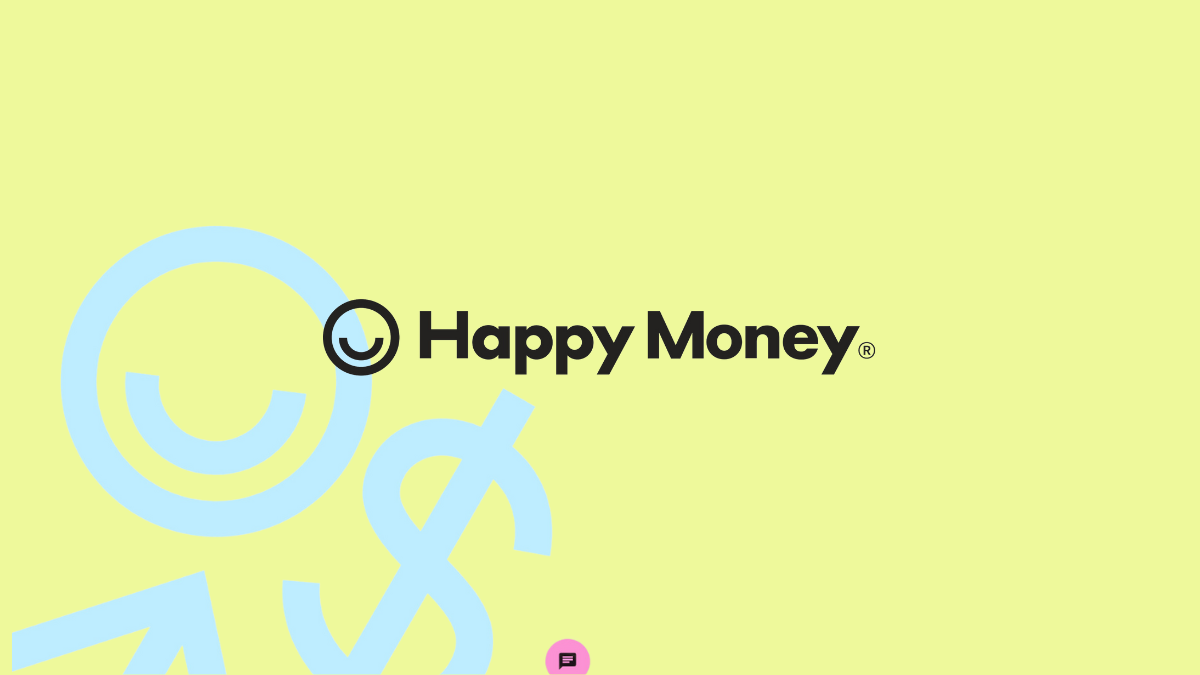
Happy Money Personal Loans review: Up to $40,000!
Looking for ways to consolidate credit card debt with good terms? If so, read our Happy Money Personal Loans review! Affordable conditions!
Keep Reading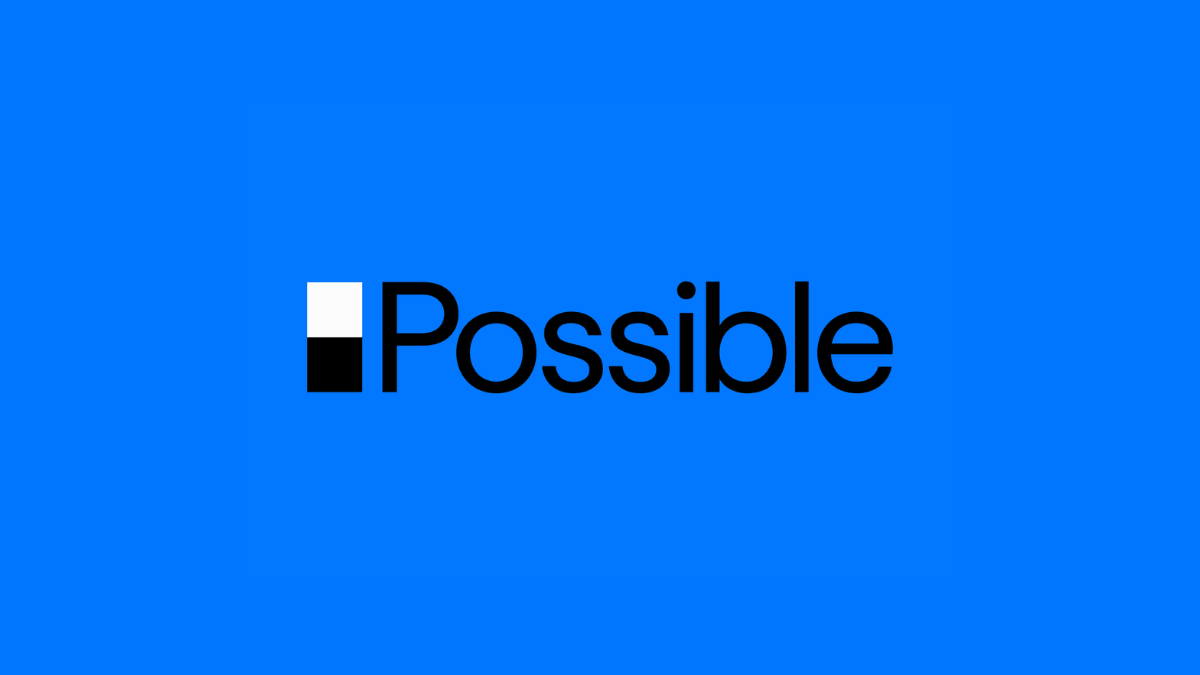
Possible Finance Loans Review: Build Credit with Every Payment
Read our Possible Finance Loans review for insights on no-credit-check borrowing, helping you make informed decisions. Learn more here!
Keep Reading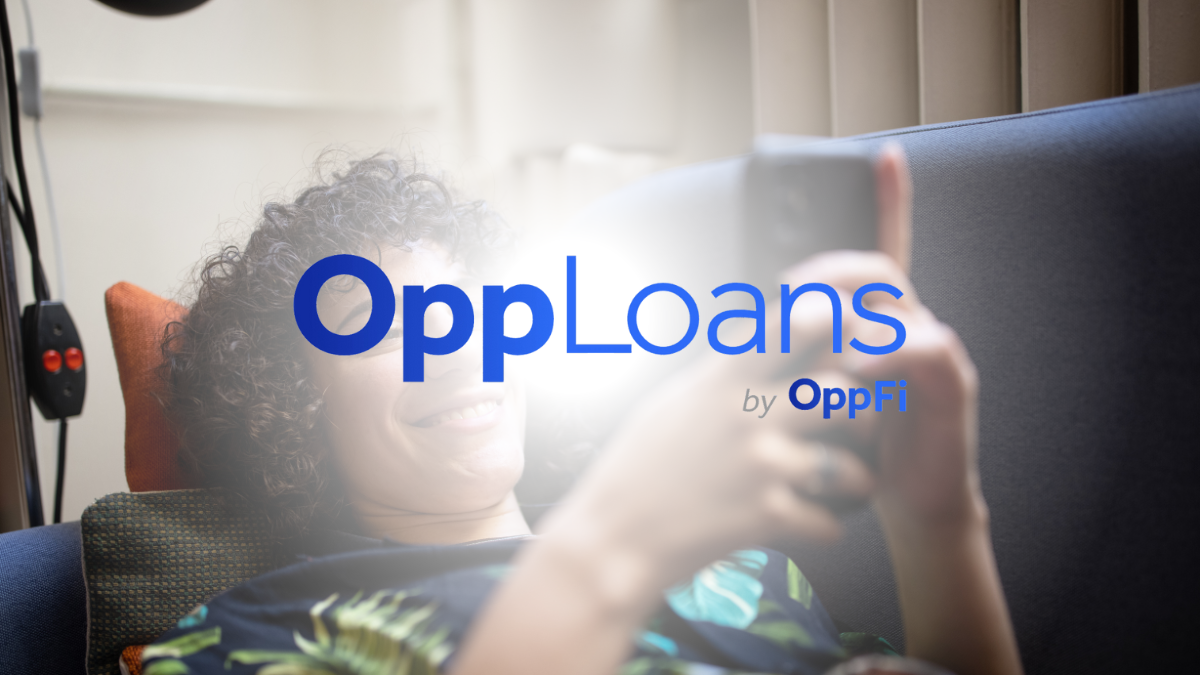
How to apply for OppLoans Personal Loans: No score impact!
Ready to uplift your finances? Apply for the OppLoans Personal Loans for swift funds and transparent terms with no hard credit checks.
Keep Reading